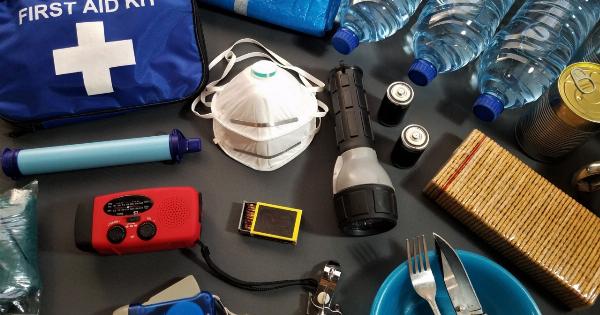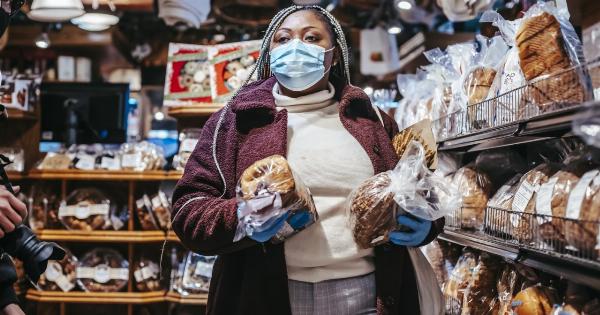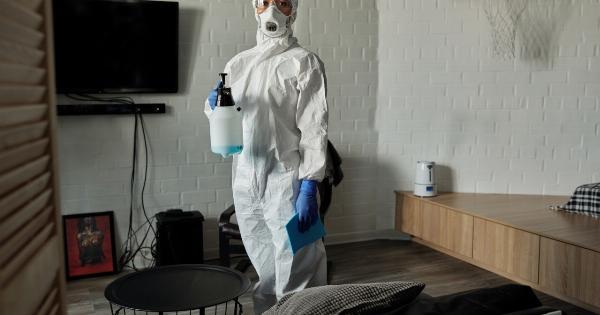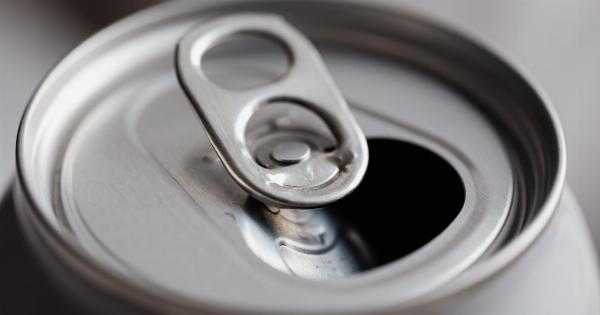Lettuce is a popular and versatile leafy green vegetable that is commonly consumed in salads, sandwiches, wraps, and burgers. It is known for its crisp texture and refreshing taste, making it a favorite choice in many households.
However, the increasing trend of pre-packaged lettuce has raised concerns about its safety, quality, and environmental impact. In this article, we will delve into the perils of pre-packaged lettuce and explore why it may not be as harmless as it seems.
The Rise of Pre-Packaged Lettuce
Over the past decade, pre-packaged lettuce has gained significant popularity among consumers. These products offer convenience, as they are ready-to-eat and require minimal preparation.
They are widely available in grocery stores, making them easily accessible to busy individuals who are looking for quick meal solutions. Pre-packaged lettuce also eliminates the need for washing and chopping, saving time and effort in the kitchen.
Potential Contamination
One of the main concerns with pre-packaged lettuce is the potential for contamination. With mass production and distribution, there is an increased risk of bacterial contamination, including E. coli and Salmonella.
These pathogens can cause foodborne illnesses, leading to symptoms such as diarrhea, abdominal cramps, and vomiting. In recent years, there have been multiple outbreaks linked to pre-packaged lettuce, resulting in widespread recalls and consumer panic.
Lack of Nutritional Value
While pre-packaged lettuce may seem like a convenient way to incorporate greens into your diet, it often lacks the same nutritional value as fresh lettuce.
The processing and packaging methods used in the production of pre-packaged lettuce can lead to nutrient loss. Vitamins, minerals, and antioxidants may degrade over time, resulting in a lower nutritional content compared to freshly harvested lettuce.
Additionally, pre-packaged lettuce may contain preservatives to prolong shelf life, which further reduces its nutritional value.
Environmental Impact
The environmental impact of pre-packaged lettuce is another growing concern. The packaging used for these products, including plastic bags and containers, contributes to plastic waste that ends up in landfills or pollutes our oceans.
Furthermore, the transportation involved in mass-producing and distributing pre-packaged lettuce increases carbon emissions and adds to the overall carbon footprint of the food industry. In an era where sustainability is prioritized, the environmental implications of pre-packaged lettuce cannot be ignored.
Possible Solutions
Fortunately, there are alternatives to pre-packaged lettuce that can mitigate some of these perils. One option is to buy whole lettuce heads instead of pre-cut and packaged varieties.
By washing and chopping the lettuce yourself, you have more control over its cleanliness and freshness. Another alternative is to opt for locally grown lettuce from farmers’ markets or community-supported agriculture (CSA) programs.
These sources often provide fresher and more sustainably produced lettuce, reducing the risks associated with mass production and long-distance transportation.
The Importance of Consumer Awareness
Consumer awareness plays a crucial role in addressing the perils of pre-packaged lettuce. By being informed about the potential risks and drawbacks, consumers can make more conscious choices when buying lettuce.
It is important to read labels, understand the source of the lettuce, and consider factors such as freshness, packaging materials, and potential environmental impact. By demanding safer and more sustainable lettuce options, consumers can encourage the industry to make positive changes.
Conclusion
While the convenience of pre-packaged lettuce may be tempting, it is essential to consider the perils associated with these products. From potential contamination to the lack of nutritional value and environmental impact, the downsides are significant.
As consumers, we have the power to prioritize safety, quality, and sustainability by making informed choices. By exploring alternatives and demanding better practices, we can protect our health and the environment for future generations.































